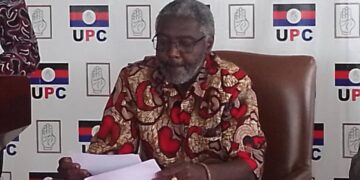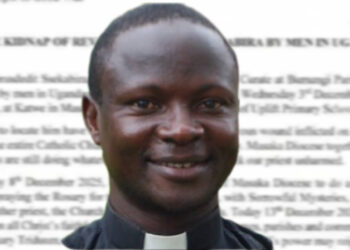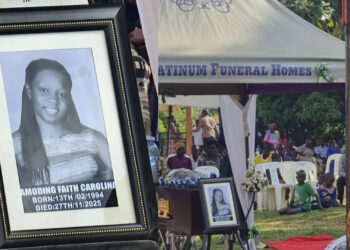By Leonard Kamugisha Akida and Brave Tumuranzye,
PARROT UG | GENDER REPORTS:
The United Nations report on Women in politics map has indicated a rise in the number of countries with no women ministers across the world.
According to a report that was released last week, the UN says there are fewer gender-equal governments in 2021 as compared to 2020.
Despite increases in the number of women at the highest levels of political power, widespread gender inequalities persist, according to the 2021 edition of the IPU–UN Women “Women in politics map”.
The IPU-UN Women map presents new data for women in executive, government, and parliamentary positions as of 1 January 2021. The data shows all-time highs for the number of countries with women Heads of State and/or Heads of Government, as well as for the global share of women ministers.
Report further indicated that the number of countries in which women hold 50 per cent or more of ministerial positions dropped from 14 in 2020 to 13 in 2021.

According to the IPU-UN new map, countries with 50 per cent or more women ministers are;
Nicaragua – 58.82%
Austria – 57.14%
Sweden – 57.14%
Belgium – 57.14%
Albania – 56.25%
Rwanda – 54.84%
Costa Rica – 52.00%
Canada – 51.43%
Andorra, Finland, France, Guinea-Bissau, Spain – 50.00%
In a report, the UN recorded an increase in the number of women holding ministerial position in Europe, sub Saharan Africa, Asia, Pacific and the middle East regions.
“However, after last year’s spike of 21.3 per cent of women holding ministerial portfolios, progression has slowed—with just a small increase to 21.9 per cent in 2021.” UN data read.
UN attributed the rise to political will which it says has caused a dramatic increase a role in advancing gender equality, particularly when it comes to appointing ministers. As a result, some countries saw dramatic increases in their share of women ministers in 2021.
Europe experienced the two biggest jumps in women’s political representation at the executive level in 2021. The share of women in government went from 8 per cent to 43 per cent in Lithuania, and more than doubled in Belgium, from 25 per cent to 57 per cent.
Namibia made the biggest leap forward in Sub-Saharan Africa, increasing its overall share of women ministers from 15 per cent to 39 per cent. Rwanda still leads the region, maintaining the largest share of women ministers at 54.8 per cent as well as topping the global charts again in the share of women parliamentarians.
In the Americas, the newly appointed government in the United States is shaping up to be the most gender-balanced in the country’s history: women in charge of ministerial portfolios rose from 17 per cent in 2020 to 46 per cent in 2021. The clear leader, however, both globally and in the region, is Nicaragua, with 58.82 per cent of ministries led by women.
In Asia, Mongolia progressed from 6.7 per cent women ministers in 2020 to 18.8 per cent in 2021, the biggest percentage point increase in the region.
In the Middle East and North Africa region, Lebanon currently has the largest share of women ministers at 31.6 per cent. Tunisia saw the greatest increase, leaping to 29.2 per cent—up from 6.9 per cent in 2020.
In the Pacific region, Kiribati gained one woman minister, and its parliament elected a woman Speaker for the first time. New Zealand maintains the largest share of women ministers at 40 per cent, increasing by 10 per cent compared to the previous year.
The data also reveals that the number of countries with no women in government has increased, bucking a downward trend seen the last few years.
“Despite overall gains across all regions, the number of countries with no women ministers in 2021 increased to 12, compared to nine in 2020.” Read excerpts of the UN report statement.
As of 1January ,2021, no women served in the governments of Azerbaijan, Armenia, Brunei Darussalam, D.P.R. Korea, Papua New Guinea, Saint Vincent and the Grenadines, Saudi Arabia, Thailand, Tuvalu, Vanuatu, Viet Nam, and Yemen.
Speaking at the launch of the report, the UN Executive Director Phumzile Mlambo-Ngcuka said: “No country prospers without the engagement of women. We need women’s representation that reflects all women and girls in all their diversity and abilities, and across all cultural, social, economic, and political situations,” she said before adding,
“This year’s map shows us that we still need bold, decisive action across the world to bring women into the heart of the decision-making spaces in large numbers and as full partners. There’s no doubt this can and should be done. It should be done now.”







































